What is the Inventory Performance Index?
According to Amazon, the IPI, or Inventory Performance Index, measures how effectively and productively you manage your FBA inventory. The IPI has a maximum score of 1,000, with performance above 500 considered good. Your IPI score will determine your storage capacity. That means the higher your IPI score, the more quantity of products you can send to Amazon warehouses.
This is especially important in times of high demand, such as Christmas, Prime Day, or Black Friday, when demand is expected to increase, so more stock is prepared than usual.
But how can you check your Amazon IPI score? Let’s find out!
How to Check Amazon IPI Score?
You can check your IPI score where you check all the other metrics: the Amazon seller central. So, ensure you have an active Seller Central account before you check your IPI. If you already have one, follow the steps below:
- Log in to your Seller Central account.
- Click on Inventory, and from the drop-down menu, click Inventory Planning.
- Go to the Performance tab to view your IPI score.
- Click on EXPAND STORAGE MONITOR tab at the bottom of the page.
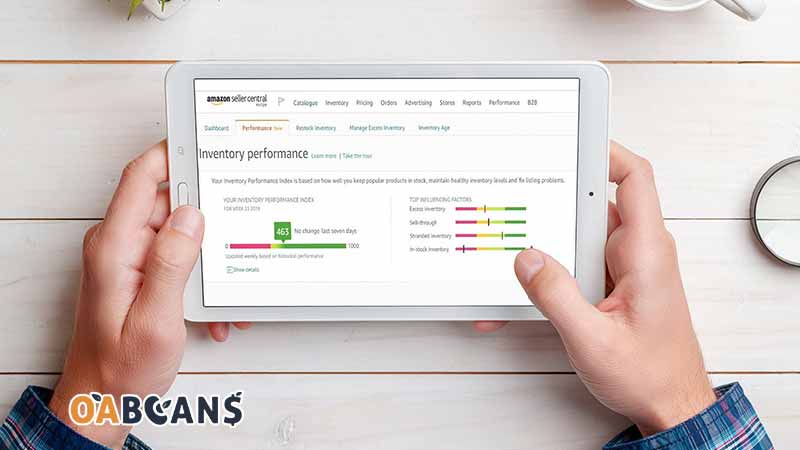
Your IPI score is updated weekly (every Monday) and based on your performance over the last three months. On the Inventory Performance Dashboard, you can find excess inventory recommendations for optimizing holding, storage, and carrying costs, restock suggestions for improving in-stock rate, and actionable insights on stranded inventory items to ensure the availability of product listings.
How is IPI Score Calculated?
There are certain things that Amazon is very secretive about, and the IPI formula is one of them. When asked how to calculate the IPI score, Amazon responded that they would not publish the calculation, just like they don’t publish the Buy Box algorithm. However, they have said that Amazon IPI points are not deducted for running out of stock, so this doesn’t negatively affect your score.
On the other hand, stranded inventory may impact your IPI score, but there are ways to fix this. The key factors that increase your IPI are reducing excess stock at the Amazon warehouse and improving your sell-through rate.
Before calculating your Amazon Inventory Performance Index (IPI), make sure you understand the four key indicator factors it’s based on.
Number of Products
The number of products you store is very important because Amazon monitors sales statistics and determines the optimal quantity of each product a seller should keep in warehouses. You should be careful not to overload your inventory.
FBA Sales Velocity
The next important factor is the speed of your product sales. The idea is to maintain a minimum but sufficient quantity of products that sell quickly and consistently. Fast-selling inventory improves your IPI score because it shows efficient inventory management and strong demand for your items.
Percentage of Unclaimed or Unsold Goods
Amazon allows sellers to improve their IPI score by managing unclaimed or slow-moving goods effectively. If you have products with low sales, you may have to pay higher storage fees and commissions for Amazon’s services. Regularly reviewing and removing slow-selling items helps optimize your storage utilization.
Stock Replenishment and Availability
The final factor is the speed and consistency of your restocking process. It’s important to avoid both overstocking and running out of stock. Amazon values steady product availability more than excess inventory. Keeping products in stock and replenishing them on time can significantly improve your IPI score.
To formally calculate the FBA Inventory Performance Index (IPI), Amazon considers several elements, including:
FBA in-stock rate = (Percentage of SKUs in stock over the last 30 days × Sales rate in the last 60 days) ÷ Average sales rate in 60 days.
Maintaining a balance between sales velocity, inventory levels, and restocking efficiency is the key to achieving a high IPI score.
Affective Factors on Amazon IPI Score
As mentioned earlier, the exact formula for calculating the IPI score remains confidential. However, Amazon has informed sellers about the criteria that affect this score. They include:
- Sell-through rate – the number of units sold compared to the initial inventory- shows how well you manage inventory against sales.
- Stranded inventory percentage – unsold items you have in FBA warehouses. It compares the amount of this inventory to your total inventory across all ASINs. Listing problems (i.e., not meeting Amazon’s guidelines) can lead to the inventory not being available for purchase and losing sales even though you are still paying storage costs. Other reasons for stranded inventory are deleted listings, ASIN restrictions, expired ASINs, bulk upload template errors, etc.
- FBA in-stock rate – how well you keep your popular inventory in stock and how much inventory you have of a current listing.
- Excess inventory percentage – FBA inventory that exceeds a 90-day supply based on its forecasted demand.
Read More: Ultimate Guide About Amazon Product Rank
Inventory Performance Index Challenges
When it comes to keeping your Amazon IPI at a decent level, there are three main challenges you must face:
- Cost to sellers: If your IPI score decreases, it will leave a lot of costs on your hands, forcing you to either liquidate your inventory or remove them from Amazon to prevent additional storage costs. This can be a costly loss for many sellers.
- The IPI is Amazon-centric: the IPI does not account for lost sales in the multi-channel business. So, if you use FBA for selling on eBay, Shopify, or Walmart channels, the IPI will not provide reliable data about your inventory health.
- Amazon does not reveal the IPI formula: As a seller, you can check your IPI score on Amazon and take action, but you must understand how it is calculated fully. This can be frustrating, as it feels like getting a grade without knowing the rules.
What Happens If You Have a Bad IPI Score?
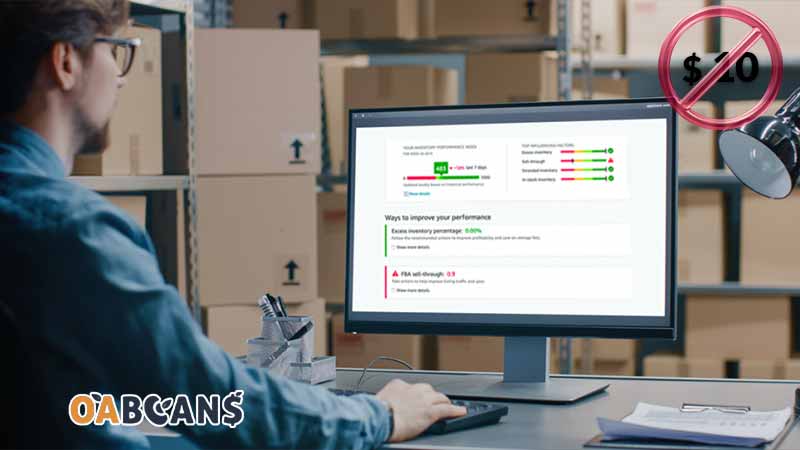
The minimum threshold for Amazon IPI is 500, with 400-500 being considered poor scores. If your IPI score drops below the threshold, Amazon will subject you to inventory storage limits. Your new restock limits are found in “Inventory Performance” or “Manage FBA Shipments” on Amazon seller central.
If your IPI score drops below 350, 6 weeks before or during the end of the quarter, Amazon will forbid you from stocking more inventory and impose a $10 fine on any excess units stored in the FBA warehouses.
Therefore, the punishments for having a low IPI score are severe and may incur hefty storage fees or lead to losing sales. That is why it’s crucial to keep your IPI score in check and do everything you can to increase it.
How to Improve Your IPI Score on Amazon?
If you want to improve your IPI score, you should follow several recommendations that Amazon provides for maintaining healthy inventory performance.
Firstly, you should improve your sell-through rate, because Amazon wants sellers to maintain a consistent and healthy inventory flow. You can monitor this by checking your IPI chart in Seller Central, where you can see your performance level and identify areas that need improvement. To start, go to Seller Central, open the FBA Inventory section, and find the products with the lowest sell-through rates.
The effective strategy is to boost your product sales through various marketing efforts to attract more buyers and increase conversions. These strategy are:
- Advertising
- improving keyword targeting and SEO strategy
- running promotions
- improve product reviews, images, and infographics to
- attract more buyers and increase conversions.
Next, remember that Amazon does not want sellers to store unsold or stagnant inventory for too long. You should reduce excess inventory regularly and remove slow-moving items from FBA storage before they reach one year. If products remain longer than that, Amazon will charge higher long-term storage fees. To prevent this, create a removal order or request Amazon to dispose of old inventory.
Overall, you should regularly check your stranded inventory percentage, maintain a balance between sold and unsold items, and avoid overstocking. Focus on keeping your best-selling products at optimal levels to ensure a steady sales flow and a higher IPI score.
Final Thoughts
The Amazon IPI or Inventory Performance Index is mostly a forgotten metric since it does not affect the account’s day-to-day management. However, you must pay attention to this metric, check it regularly, and keep it as high as possible. This way, you will avoid losing storage capacity in FBA when you need it most.


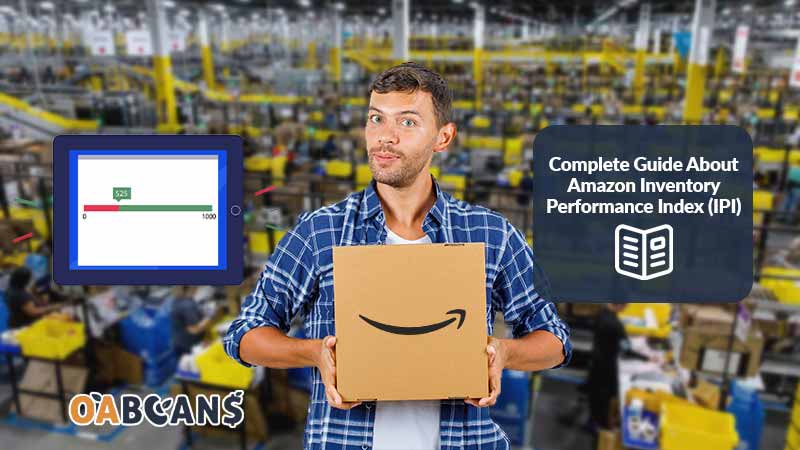

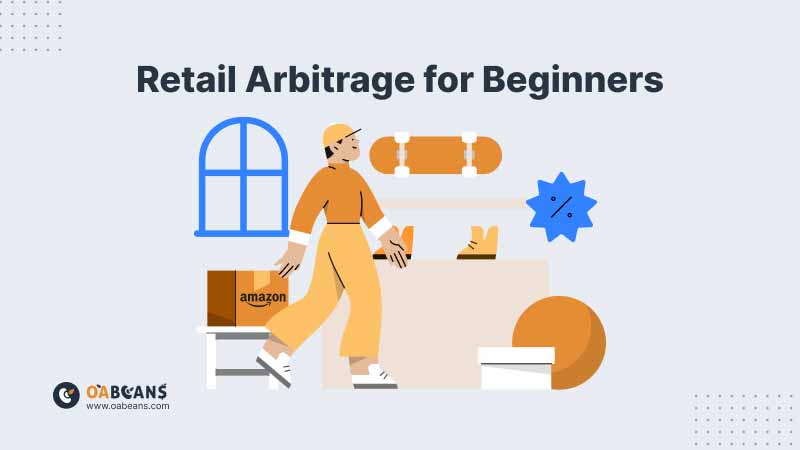
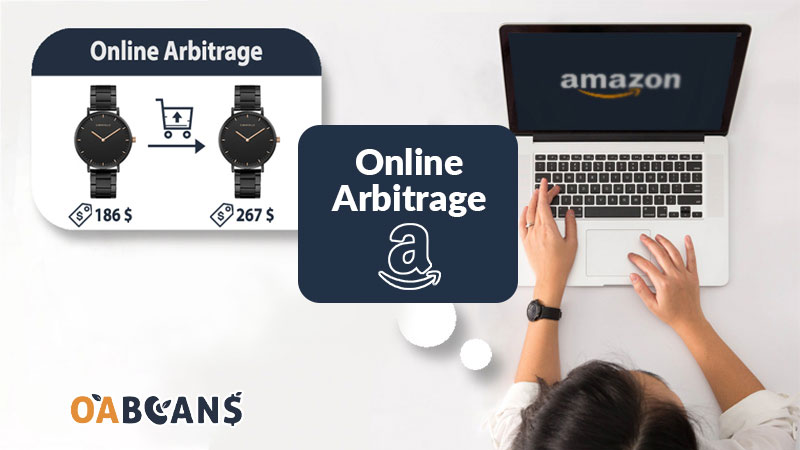









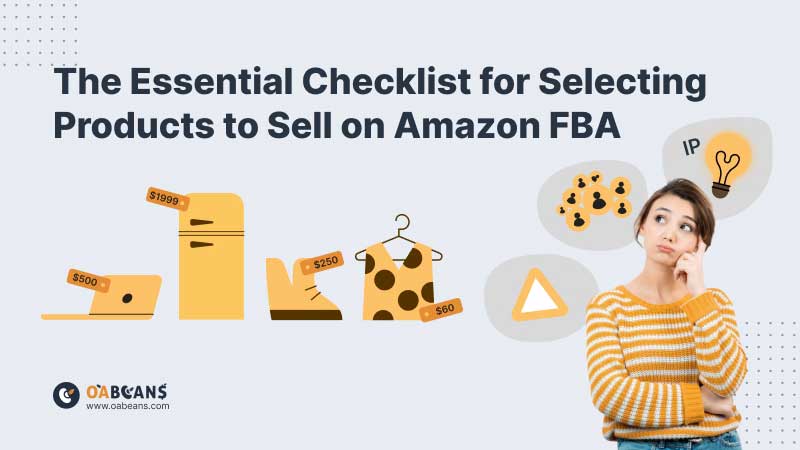







11 replies on “Amazon Inventory Performance Index (IPI) Guide”
The education and learning resources on Amazon Marketplace are really helpful for small business owners.
I appreciate the accessibility and inclusivity features that Amazon Marketplace has implemented for customers with disabilities.
In summary, your website is a must-visit resource for anyone serious about making a living through Amazon online arbitrage. I would recommend it to anyone, whether you are just starting out or have been in the business for years.
I really appreciate the in-depth case studies and analysis you provide on your site. It’s clear that you have a deep understanding of the Amazon marketplace and your insights have helped me make better decisions as a seller.
Your tips on building a brand for Amazon reselling are really helpful. I’ve started to implement some of your ideas in my business.
Your site is a great source of inspiration for new ideas and strategies. I’ve tried several of your Amazon reselling tips and have seen real results!
With retail arbitrage, you can develop valuable skills in product research, pricing analysis, and market evaluation, which can be applied to other online selling ventures.
The scalability of the Amazon FBA business model allows you to start small and gradually expand your inventory and sales volume as your business grows.
By combining your knowledge of market demand and the retail landscape, retail arbitrage on Amazon offers a unique opportunity to turn everyday shopping into a profitable venture.
With Amazon’s extensive product catalog and global reach, online arbitrage opens up countless opportunities to find profitable products and connect with buyers worldwide.
With online arbitrage, you can enjoy the freedom and flexibility of being your own boss, setting your own schedule and working from anywhere.